With artificial intelligence rapidly transforming digital art creation, distinguishing between human-made and AI-generated pixel art has become increasingly important for artists, collectors, and enthusiasts. Learning how to tell if pixel art is AI can protect you from purchasing misrepresented artwork, help you appreciate authentic craftsmanship, and ensure fair attribution in the creative community.
This comprehensive guide will walk you through the telltale signs, technical indicators, and practical methods to identify AI-generated pixel art with confidence.
Why Knowing How to Tell If Pixel Art Is AI Matters
The pixel art community has always valued the meticulous, hand-crafted nature of the medium. Each pixel is deliberately placed, creating art that requires patience, skill, and artistic vision. However, AI generators can now produce pixel-style artwork in seconds, sometimes fooling even experienced viewers.
Understanding these differences matters because:
-
Authentic pixel art represents hours of careful work and artistic decision-making
-
Market value can be significantly different between human and AI-created pieces
-
Artistic integrity and proper attribution are fundamental to the creative community
-
Learning purposes – knowing the difference helps you study genuine techniques
Visual Signs That Reveal AI-Generated Pixel Art
Inconsistent Pixel Boundaries and Edge Quality
The most reliable way to tell if pixel art is AI is by examining the pixel boundaries themselves. Authentic pixel art maintains crisp, clean edges when zoomed in, with each pixel clearly defined within a consistent grid system.
Human pixel art characteristics:
-
Sharp, well-defined pixel edges at any zoom level
-
Consistent pixel size throughout the entire piece
-
Perfect alignment to an invisible grid system
-
Deliberate color choices that follow pixel art conventions
AI-generated red flags:
-
Soft, blurry edges that don’t sharpen when zoomed in
-
Pixels that appear to “melt” into adjacent areas
-
Inconsistent pixel sizes within the same artwork
-
Mixed resolutions that break the grid system
Color and Gradient Anomalies
Professional pixel artists use specific techniques for color transitions and shading. AI generators often struggle to replicate these established methods correctly.
Look for these issues:
-
Unnatural color banding that doesn’t follow proper dithering patterns
-
Smooth gradients where pixelated transitions should exist
-
Inconsistent color palettes that mix incompatible pixel art styles
-
Strange noise patterns scattered randomly across different objects
Structural and Compositional Problems
AI-generated pixel art frequently exhibits structural inconsistencies that trained pixel artists would never create.
Common structural red flags:
-
Elements that merge together improperly (hair blending into hands)
-
Asymmetrical features without artistic intention (mismatched eyes, uneven jewelry)
-
Impossible perspective or anatomy that defies basic art principles
-
Mixed art styles within a single piece
Technical Detection Methods
Reverse Image Search Techniques
One of the most effective methods to determine if pixel art is AI involves using reverse image search tools:
-
Google Images reverse search – Upload the artwork to find similar AI-generated pieces
-
TinEye – Specialized reverse image search that can reveal AI training data sources
-
Yandex Images – Often finds results that Google misses
What to look for:
-
Multiple similar pieces with slight variations (indicating AI generation)
-
Matches to known AI training datasets
-
Identical elements appearing in different “original” works
AI Detection Software Tools
Several specialized tools can analyze artwork for AI generation markers:
Popular detection tools:
-
AI or Not – Free online detector for images
-
Sightengine – Professional-grade AI detection service
-
Hive Moderation – Advanced AI content detection
-
Copyleaks AI Content Detector – Supports image analysis
Important note: While useful, these tools aren’t 100% accurate and should be combined with visual analysis for best results.
Artist and Context Analysis
Examining the Creator’s Profile
The source and presentation of pixel art can reveal important clues about its authenticity.
Authentic artist indicators:
-
Consistent posting schedule with reasonable time between complex pieces
-
Work-in-progress documentation showing the creation process
-
Technical discussions about pixel art techniques and challenges
-
Personal artistic evolution visible across their portfolio
-
Community engagement with other pixel artists
Suspicious profile patterns:
-
Extremely frequent posting of complex artwork (multiple detailed pieces daily)
-
No process documentation or speed-drawing videos
-
Generic or AI-generated profile information
-
Reluctance to discuss technical aspects of their work
-
Portfolio that shows no artistic growth or consistent style evolution
Text and Typography Issues
AI generators particularly struggle with readable text within pixel art, making this an excellent detection method.
Text-related red flags:
-
Incoherent letter shapes that don’t form readable words
-
Inconsistent font styles within the same text element
-
Impossible character combinations or meaningless symbol strings
-
Mixed text orientations that don’t follow logical design principles
Advanced Detection Techniques
Analyzing Pixel Art Fundamentals
Understanding core pixel art principles helps identify AI-generated pieces that violate these established rules.
Key pixel art principles AI often violates:
-
Limited color palettes – Authentic pixel art typically uses restricted color sets
-
Consistent lighting direction – AI may show conflicting light sources
-
Proper anti-aliasing – Human artists follow specific AA techniques
-
Readable silhouettes – Professional pixel art maintains clear shapes
Examining Fine Details and Textures
Professional pixel artists develop consistent approaches to texturing and detail work that AI struggles to replicate perfectly.
Detail inconsistencies to watch for:
-
Random noise patterns instead of deliberate texture work
-
Inconsistent detail density across similar objects
-
Textures that don’t follow the established pixel grid
-
Details that are too complex for the stated resolution
Common AI Pixel Art Generators and Their Tells
Platform-Specific Indicators
Different AI generators have characteristic signatures that can help with identification:
Midjourney pixel art:
-
Often produces overly detailed pieces that push pixel art boundaries
-
Tends toward cinematic, high-contrast compositions
-
May include subtle gradients that break pixel art conventions
DALL-E pixel art:
-
Sometimes creates hybrid styles mixing pixel art with other digital art forms
-
May struggle with maintaining consistent pixel sizes
-
Often produces artwork that’s technically impressive but lacks pixel art authenticity
Stable Diffusion variants:
-
Can produce very convincing pixel art but often includes tell-tale AI artifacts
-
May show inconsistent artistic decision-making across the piece
-
Sometimes includes elements from its training data inappropriately
Building Your Detection Skills
Practice with Known Examples
The best way to develop your ability to identify AI pixel art is through regular practice:
-
Study authentic masters – Examine work by renowned pixel artists like Paul Robertson, Fool, or eBoy
-
Compare side-by-side – Place suspected AI art next to known human work
-
Join pixel art communities – Engage with forums like PixelJoint or r/PixelArt
-
Analyze your own work – Understanding your own process helps identify inconsistencies in others’ work
Staying Updated on AI Developments
AI technology evolves rapidly, so detection methods must evolve too:
-
Follow AI art discussions on platforms like Twitter and Reddit
-
Monitor new AI tools and their capabilities
-
Study updated detection techniques as they’re developed
-
Connect with other artists who are also learning detection methods
What to Do When You Suspect AI Art
Verification Steps Before Making Accusations
Before publicly questioning artwork authenticity:
-
Conduct thorough analysis using multiple detection methods
-
Research the artist’s background and previous work
-
Use detection tools but don’t rely on them exclusively
-
Consider the context – Some artists legitimately incorporate AI as a tool
Approaching the Situation Professionally
If you believe you’ve identified AI art being misrepresented:
-
Document your evidence with screenshots and analysis
-
Approach privately first if possible
-
Focus on facts rather than accusations
-
Respect that mistakes can happen – not all misrepresentation is intentional
The Future of Pixel Art Authentication
As AI continues improving, the challenge of distinguishing authentic pixel art will likely become more complex. However, the pixel art community’s emphasis on process documentation, technical discussion, and artistic growth provides natural defenses against misrepresentation.
Emerging trends include:
-
Blockchain verification for digital art authenticity
-
Advanced detection algorithms specifically trained on pixel art
-
Community-driven verification systems
-
Process documentation standards becoming more common
Conclusion
Learning how to tell if pixel art is AI requires developing a keen eye for technical inconsistencies, understanding pixel art fundamentals, and staying informed about evolving AI capabilities. By examining pixel boundaries, color usage, structural coherence, and artist context, you can confidently distinguish between authentic human craftsmanship and AI generation.
Remember that the goal isn’t to dismiss AI as a creative tool, but to ensure proper attribution and maintain the integrity of the pixel art community. As you practice these detection techniques, you’ll develop a deeper appreciation for the skill and dedication required to create authentic pixel art.
Whether you’re a collector, artist, or enthusiast, these skills will help you navigate the evolving digital art landscape while honoring the craftsmanship that makes pixel art special.
FAQ
Q1: Can AI create pixel art that’s completely indistinguishable from human work?
A: While AI is rapidly improving, it still struggles with the fundamental constraints and techniques that define authentic pixel art. Careful analysis of pixel boundaries, artistic consistency, and technical execution can usually reveal AI generation, though this may become more challenging as technology advances.
Q2: Are there any legal issues with AI-generated pixel art?
A: The legal landscape around AI art is still evolving. The main concerns involve misrepresentation (claiming AI art as human-made), copyright infringement (if AI training used copyrighted works), and fair attribution in commercial contexts.
Q3: How accurate are AI detection tools for pixel art specifically?
A: Current AI detection tools weren’t specifically designed for pixel art and may have reduced accuracy compared to their performance on photographs or traditional digital art. Visual analysis by knowledgeable humans often provides more reliable results for pixel art.
Q4: Should pixel artists be worried about AI replacing their work?
A: While AI can generate pixel-style artwork, the pixel art community values process, craftsmanship, and authentic artistic vision. Many collectors and commissioners specifically seek human-created work for its intentionality and creative journey.
Q5: Can legitimate pixel artists use AI tools as part of their process?
A: Some artists incorporate AI tools for inspiration, color palette generation, or rough concept development while still creating the final pixel art by hand. Transparency about tool usage and maintaining the core hand-crafted elements helps preserve authenticity.

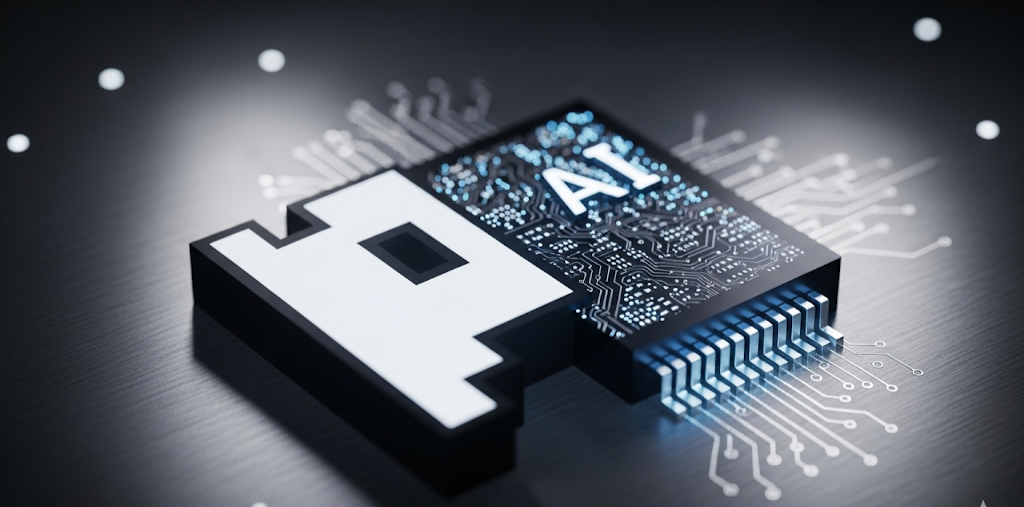
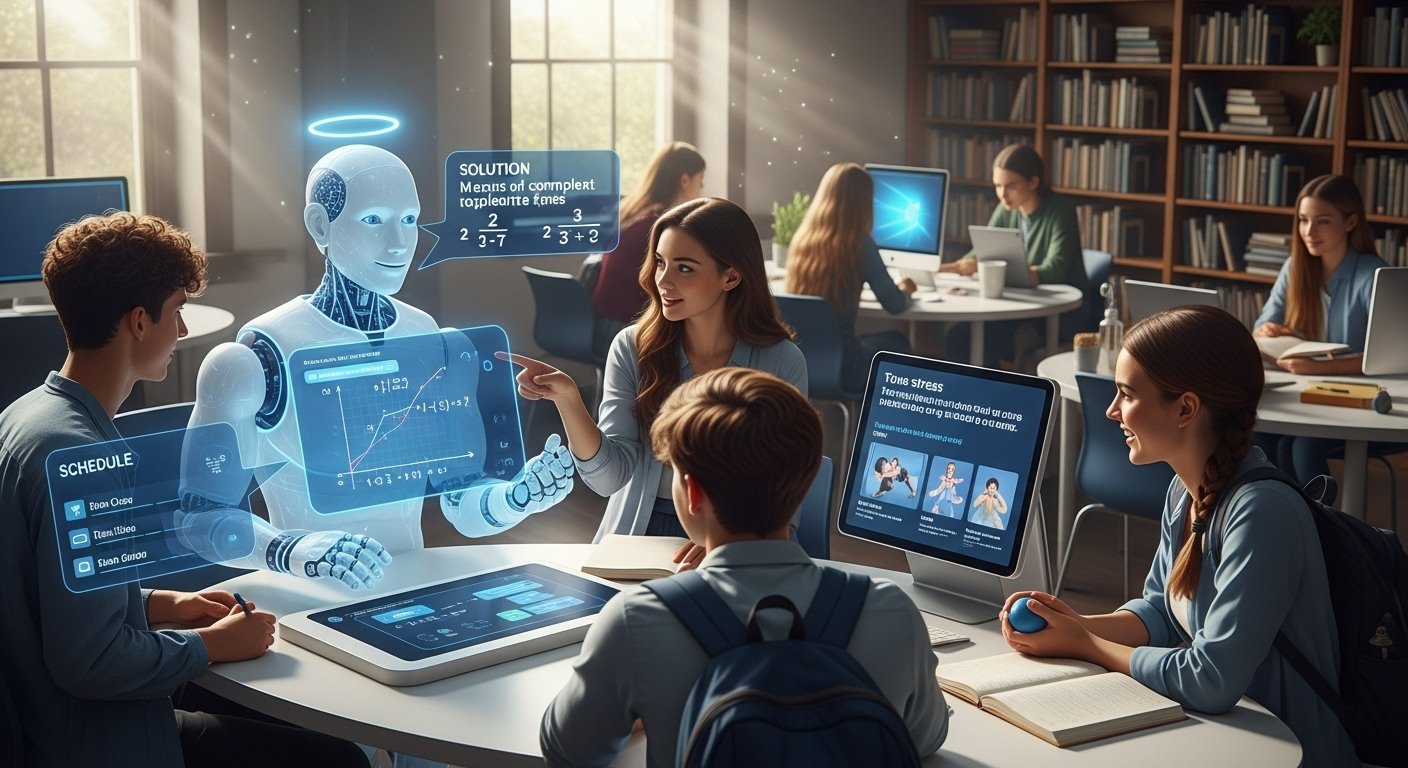
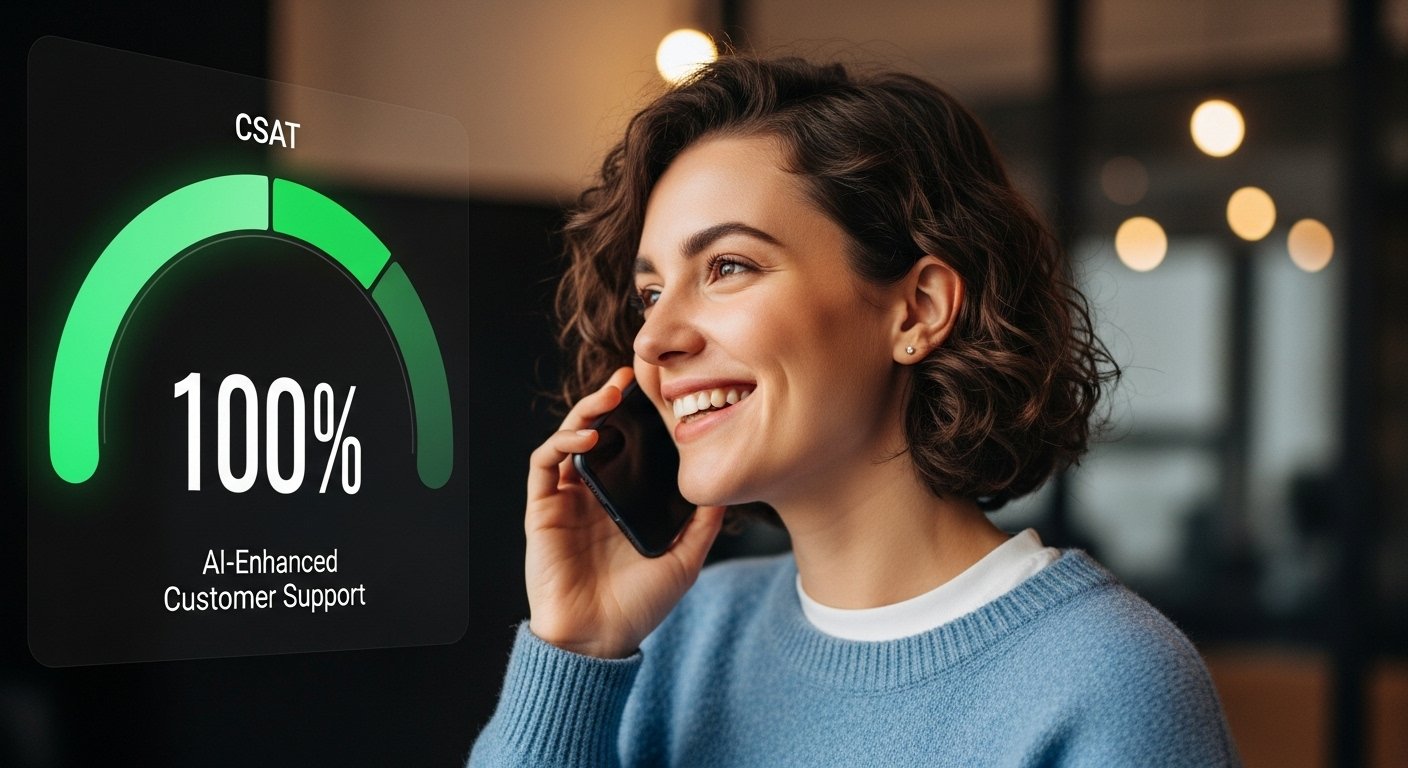
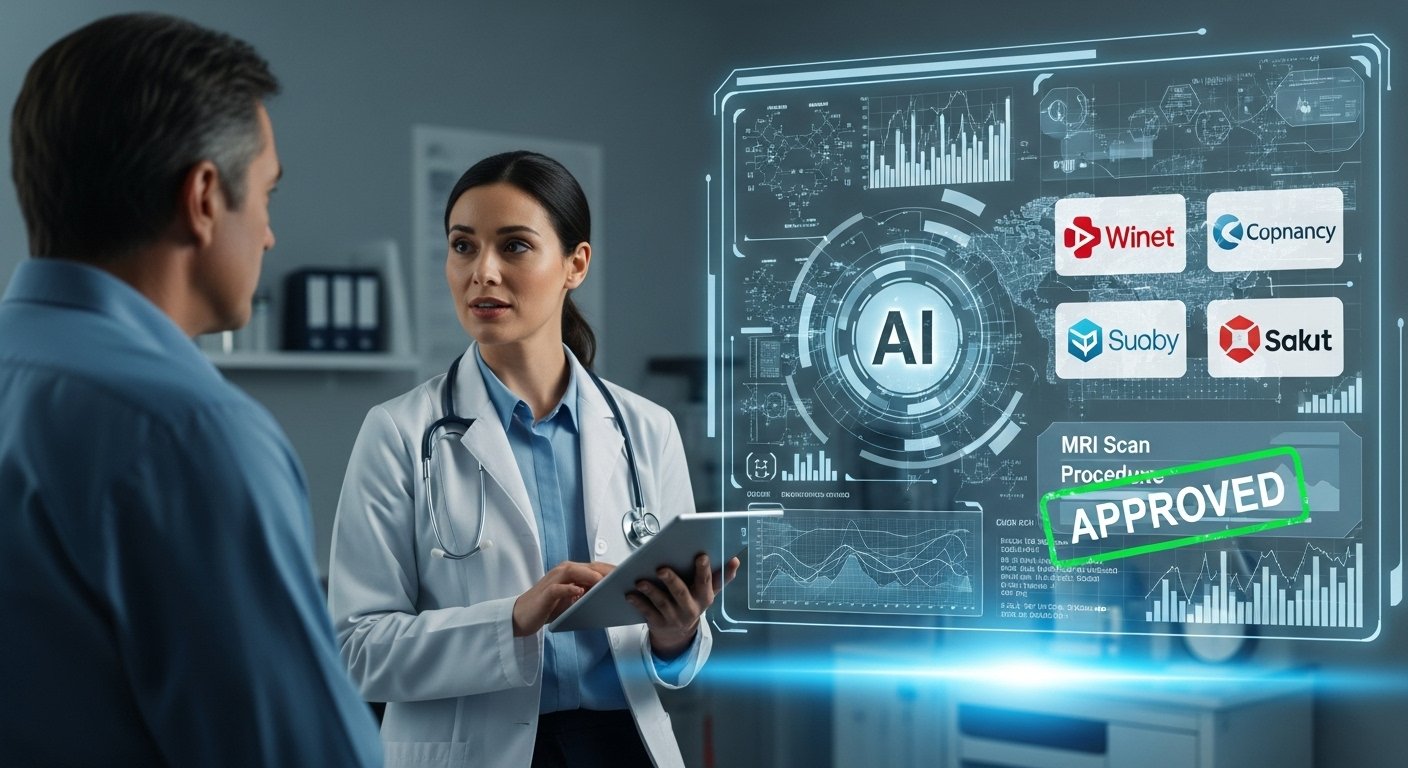
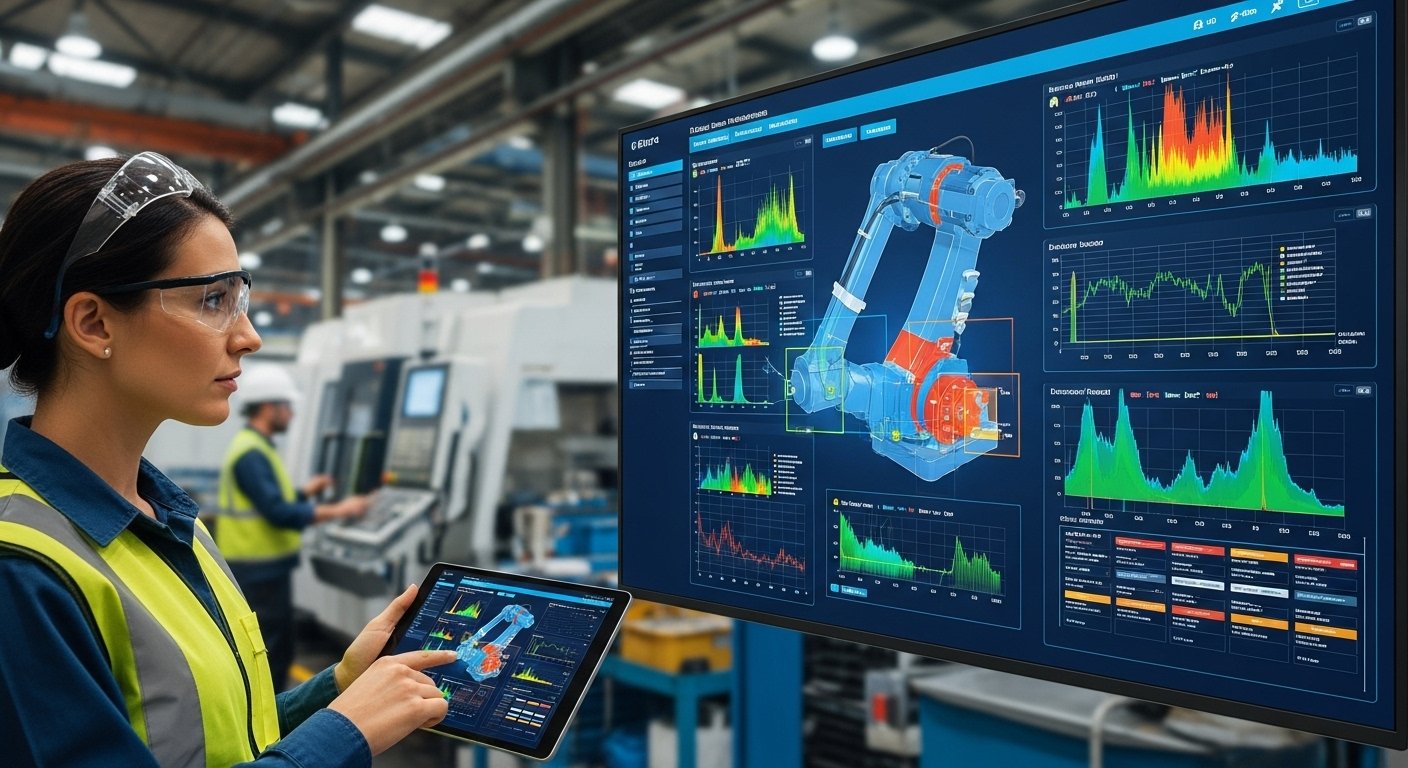
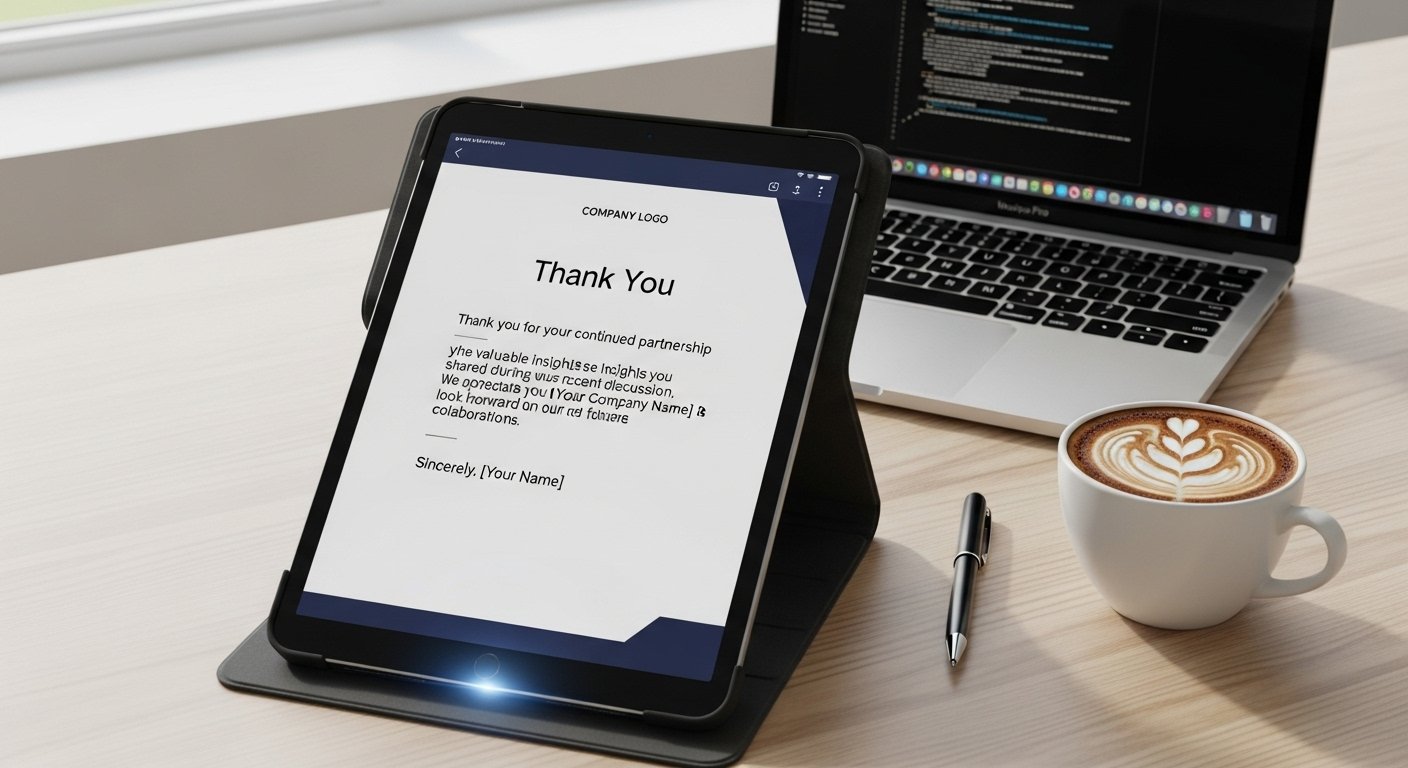

Leave a Reply